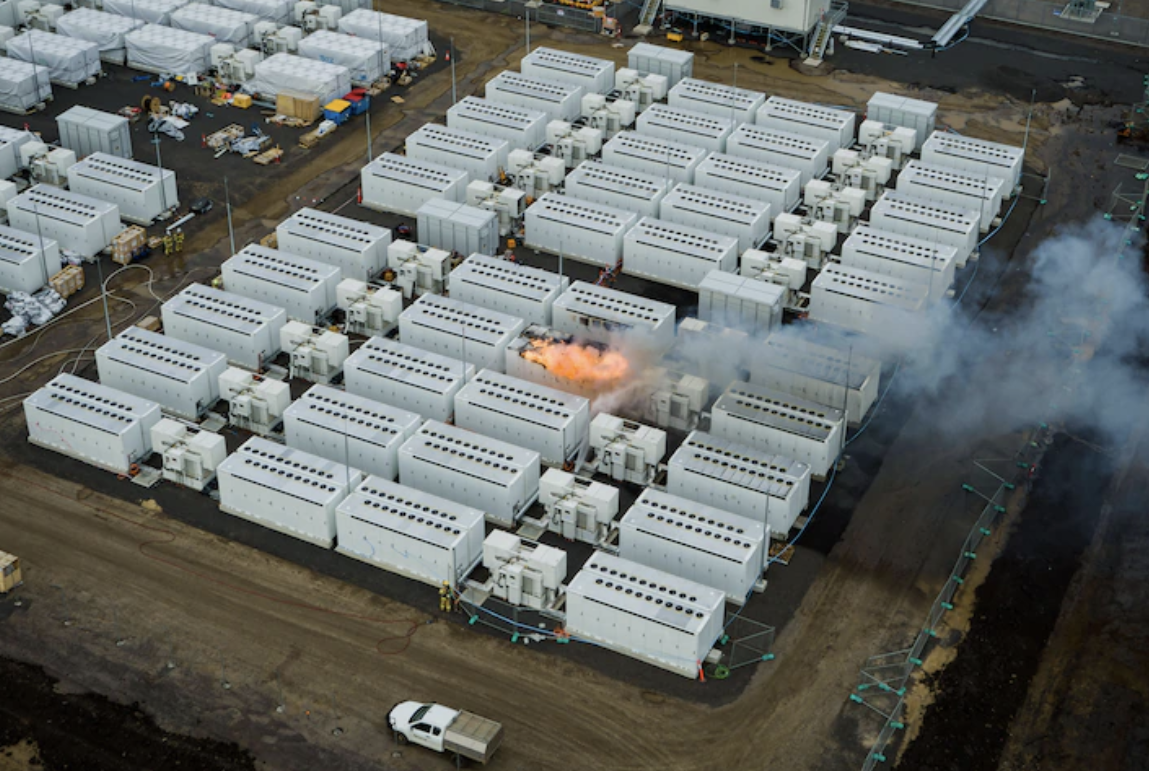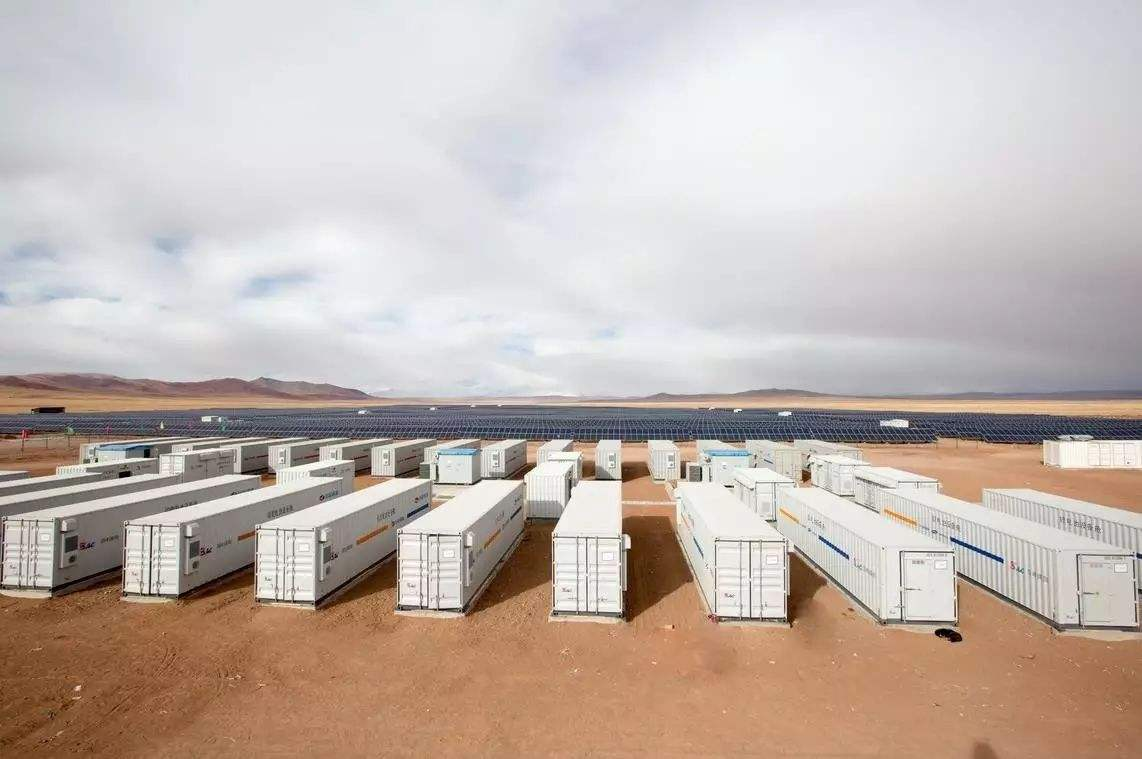
Nov . 23, 2023 16:57 Back to list
How to plan safer battery storage projects?
Fires in battery energy storage systems have raised concerns among manufacturers and project developers regarding the safety of these systems. To ensure the safety of their energy storage projects, manufacturers and developers rely on a key document called Hazard Mitigation Analysis (HMA). The HMA evaluates the operation of a battery energy storage system, its safety features, potential failures, and the consequences of those failures. It is important for energy storage project teams to develop their HMA documents early in the project development process in order to ensure understanding and compliance with local safety regulations.
The Hazard Mitigation Analysis (HMA) addresses various important questions related to battery energy storage systems. These questions include the testing conducted, the location and installation of batteries (indoor or outdoor), the risks posed by the project, the prevention measures in place, and the collaboration with stakeholders. It is crucial for the HMA to be in accordance with local codes and requirements, which may be versions of the International Fire Code (IFC), National Fire Protection Association (NFPA) requirements, state-specific fire codes, or a combination of these codes.

In addition to the HMA, another essential document is the Community Risk Analysis (CRA). While the HMA focuses on safety risks within the scope of the battery project, the CRA assesses the potential impact of a fire on the community, including the battery storage project site. The CRA provides important safety education to stakeholders and local communities regarding battery energy storage projects, the associated safety risks, and the potential impacts in case of a fire. The CRA should be presented in an easily understandable manner, highlighting the results and discussing potential impacts transparently.
The Emergency Response Plan (ERP) is a critical document that outlines the battery energy storage project and the equipment it contains. It includes failure scenarios, detection capabilities, system safety features, hazards, and response strategies related to battery energy storage system emergencies or supporting electrical component failures. This information is crucial for security incident responders and authorities responsible for enforcing safety regulations. It is important to conduct training and drills with manufacturers and first responders to ensure coordination and preparedness.

Furthermore, site design guidelines (SDG) play an important role in preventing security incidents in battery energy storage systems. Although the likelihood of a fire in these systems is low, it is crucial to have a response plan in place. The SDG outlines fire protection requirements and best practices in the use of active systems, passive systems, and procedural safeguards. It refers to requirements set by key codes and standards, providing high-level information about detection and alarm systems, as well as the location of the main fire alarm control panel. Battery storage system manufacturers should provide sustainability goals to developers, owner-operators, and responders at the beginning of project deployment, ensuring access to critical information in case of a fire.
In conclusion, battery energy storage system manufacturers and project developers prioritize safety by implementing various measures. Hazard Mitigation Analysis (HMA), Community Risk Analysis (CRA), Emergency Response Plan (ERP), and Site Design Guidelines (SDG) are crucial documents that help ensure the safe operation of battery energy storage projects. These documents provide a comprehensive evaluation of the systems, assess risks, educate stakeholders and communities, and outline response strategies. By adhering to local codes and requirements, conducting training and drills, and implementing best practices, manufacturers and developers aim to design safer battery energy storage systems.
Related products:
Mobile-PW-512 Portable Household Energy Storage System
Will be removed if infringing
Reference website:https://www.escn.com.cn/
-
Stackable Battery System: Revolutionizing C&I Energy Storage with Suzhou ACDC
NewsJul.21,2025
-
Revolutionizing EV Charging with Suzhou DC Quick Charging Stations Solutions
NewsJul.21,2025
-
Revolutionize Your Power Needs with Suzhou ACDC's Portable Power Station Solutions
NewsJul.21,2025
-
Outdoor Integrated Temperature Control Cabinet: Elevating Energy Storage Cabinet Efficiency
NewsJul.21,2025
-
Container Type Energy Storage System: Revolutionizing Energy Storage with Stackable Battery Solutions
NewsJul.21,2025
-
Advanced Self-Cooling Energy Storage Cabinet Solutions
NewsJul.21,2025























